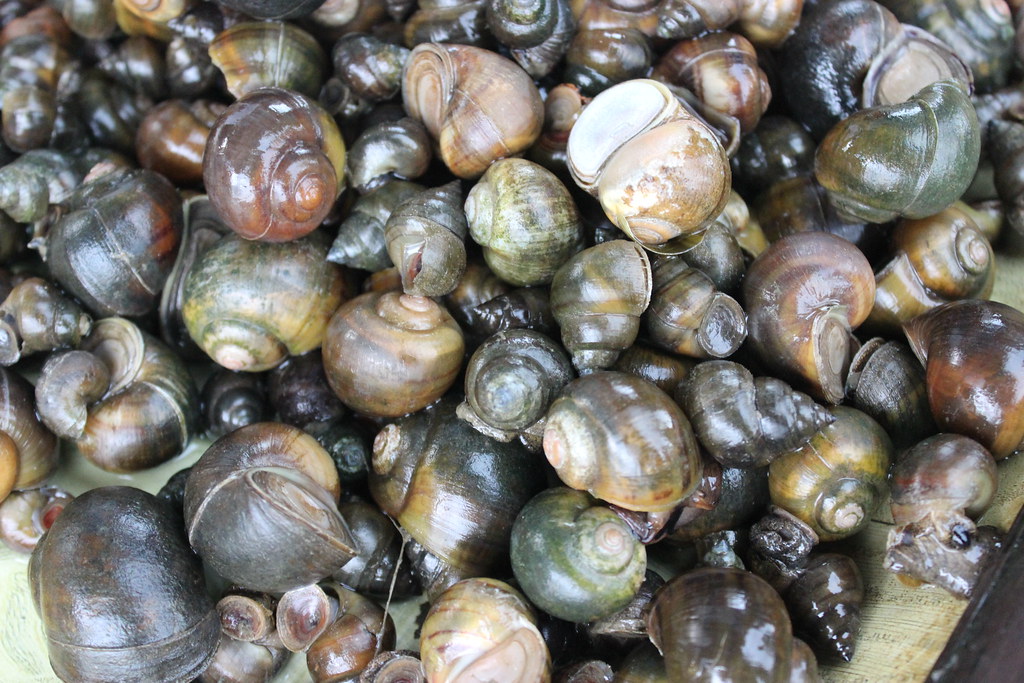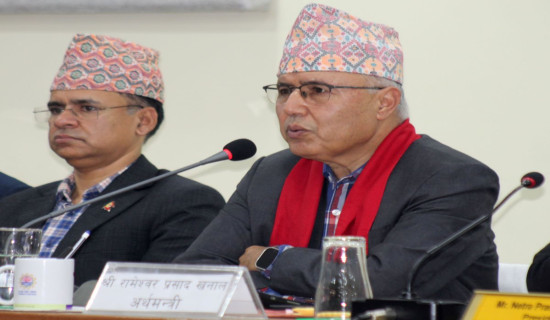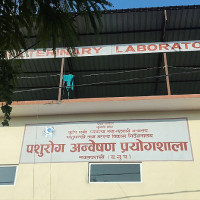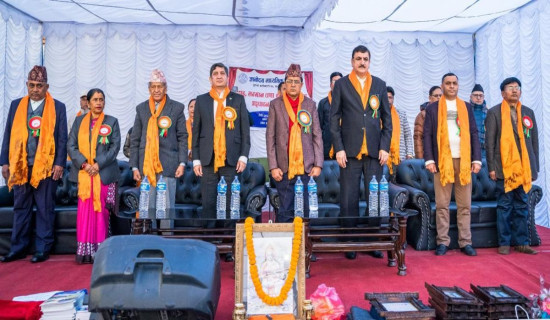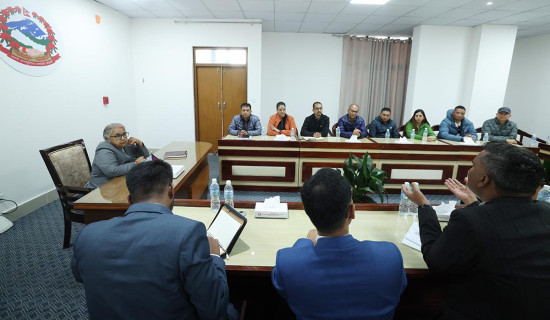- Monday, 1 December 2025
Disappearance of freshwater snails, crabs and mussels in Bardiya riles conservationists
By Menaka Chaudhary, Gulariya (Bardiya), Nov 6: Water species such as fish, ghongi (freshwater snails), crabs and sutahi (mussels) are becoming increasingly rare in the fields, rivers, streams, and wetlands of the region.
Baliram Tharu, 60, from Jagatiya in Badhaiyaatal rural municipality-5, recalls, “We used to find these species in large numbers around us. Now, they have almost disappeared.” He attributes this decline to the growing use of chemical fertilizers and pesticides in modern farming. He also believes that shrinking wetlands and the expansion of dry areas are contributing factors.
Traditionally, locals caught fish using nets, traps, or even by hand. However, harmful methods such as poisoning water or using electric currents have become more common, preventing these species from thriving, according to residents.
Badhaiyaatal, Nepal’s largest lake, spans 107 bigha of land (one bigha equals 72,900 square feet). Even here, overexploitation has threatened the survival of these aquatic animals, locals reported.
Himalaya Tripathi, chairperson of Badhaiyaatal rural municipality, stated that only a few of these species remain compared to the past. With the depletion of water resources, bird populations have also declined in recent years. “The usual chirping of birds is no longer heard,” he added.
Moreover, the growing demand for these aquatic species for sale rather than conservation has further harmed their populations. With dishes made from freshwater snails, crabs, and mussels becoming popular at local homestays, hunters have increasingly captured them for commercial purposes.
Conventionally, these animals are the source of local cousins of the Tharu community.
The region is home to two types of freshwater snails, five species of crabs, and two species of mussels. From a health perspective, these species are rich in protein and calcium and are known to support bone strength and help with conditions like gastritis. According to pediatrician Dr Bishwanath Yadav, awareness of these benefits may have further increased their consumption, contributing to their decline.
Kamala Adhikari, head of the Integrated Agriculture Development and Livestock Office in Bardiya, confirms that these aquatic species are now close to extinction. “Farming practices have changed significantly. The use of chemical fertilizers, pesticides, and heavy excavation in rivers and streams has largely damaged their habitats,” she said.
She also added that reduced rainfall and shrinking wetlands have worsened the situation. Today, only about 10 percent of freshwater snails remain compared to the past. Conservationists stress the urgent need for conservation efforts to protect these aquatic species.(RSS)

